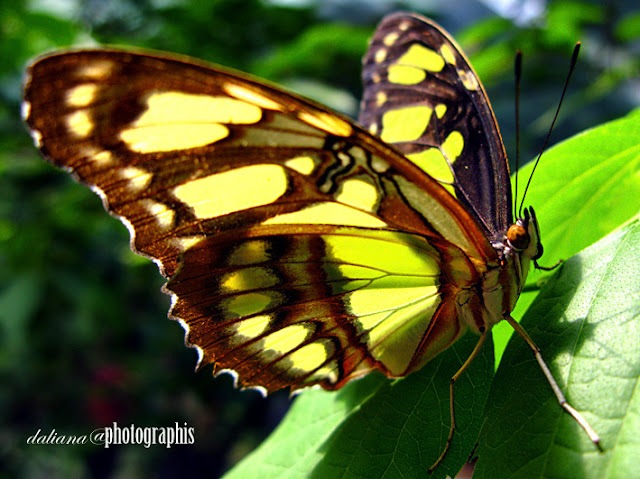An aerial picture shows a huge Romanian flag on the Clinceni Airfield, south of Bucharest.
The biggest flag in the world was unfolded on the
Clinceni Airfield (near Bucharest). The flag is 349 metre long, 226
metre wide and weighs a total of 5 tons. The flag was made in
partnership by Antena 3 TV and fabricadesteaguri.eu and was homologated
by the Guiness World Records. Guinness World Records official says the
flag measures 79,290.39 square metres. The previous world record was
held by Lebanon for a flag of 65,975 square metres. The making of the
flag took hundreds of hours of day and night work as well as ingenious
solutions for the manufacturing and transport to the place where it was
displayed.The first pieces of the flag started being stitched together two months ago. Among the participants in the event yesterday there were Prime Minister Victor Ponta, Defence Minister Mircea Dusa, and Interior Minister Radu Stroe. The pilots with the Airclub of Romania offered a spectacular 20-minute show above the biggest flag in the world. The Hawks of Romania flew their Extra 300 aircraft painted in the national colours.nineoclock.ro
Romanian Flag Meaning:
The red, yellow and blue stripes represent Moldova and Walachia, the two principalities that united to form Romania in 1859. The colors are found in the coat of arms of these former states.
Romanian Flag History:
The current Romanian flag was adopted on December 27, 1989. A horizontal red, yellow, blue flag was introduced by nationalists in 1848. In 1861, Romania was established when Walachia and Moldavia united. The new Romanian country adopted a red (top), yellow (middle) and blue (bottom) horizontal striped flag. The Romanian flag was changed to its present vertical design in 1867 after being influenced by the French flag. Romania gained independence from the Ottoman Empire on May 9, 1877 and a year later this was used as the country's national flag. Between 1867 and 1989 the flag had the country's coat of arms in the center of it.
Interesting Romanian Flag Facts:
There are four countries that use a blue-yellow-red vertical striped flag. They are Moldova, Andorra, Chad and Romania. The Moldovan flag is distinguished by the addition of a coat of arms, but the colors are related to and similarly derived from those of the Romanian flag. The flag of Chad is almost identical to Romania's flag.
Stindardul țării noastre a câștigat un loc in lista recordurilor din Guinness World Records: a devenit un steag HD ( High Dimensions , mai precis cel mai mare drapel din lume.
Ziua de ieri( 27 mai 2013 ) nu a fost aleasa intamplator de catre initiatori, respectiv televiziunea Antena 3 si Fabrica de Steaguri.
În timpul domniei lui Mihai Viteazul la 27 mai 1600, s-a realizat pentru prima data unirea politica a celor trei tari romanesti cu un singur conducator. In punctul cel mai inalt al destinului sau Mihai Viteazul se intitula intr-un hristov emis la 27 mai "Domn al Tarii Romanesti, Ardealului si Moldovei" si isi confectiona bine cunoscuta pecete pe care figureaza cele 3 tari romane surori.
Revenind in zilele noastre , uriaşul drapel are o lungime de 330 de metri, o lăţime de 220 de metri și o suprafață de 7 hectare. Steagul cântăreşte 5 tone si a fost omologat de reprezentantii de la Cartea Recordurilor ca drapelul cel mai mare din lume, după ce a fost intins la aerodromul Clinceni.
Au fost parade militare, avioane mici au făcut demonstratii, au aterizat parașutisti direct pe steag si bineinteles, s-a intonat Imnul României.hdsatelit.blogspot.ro
http://www.aeroclubulromaniei.ro/


































































